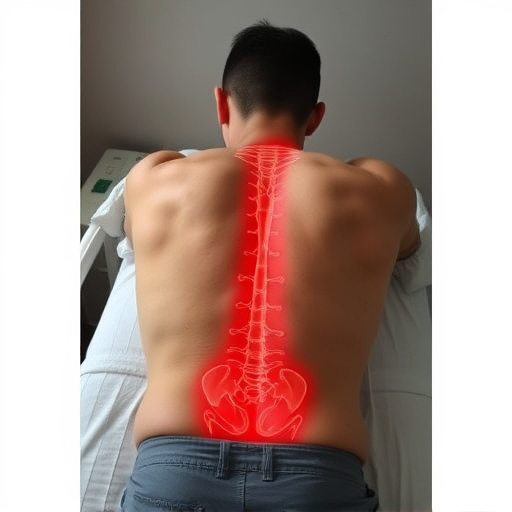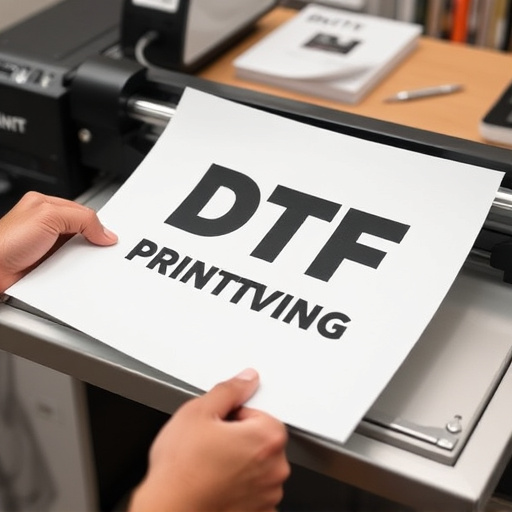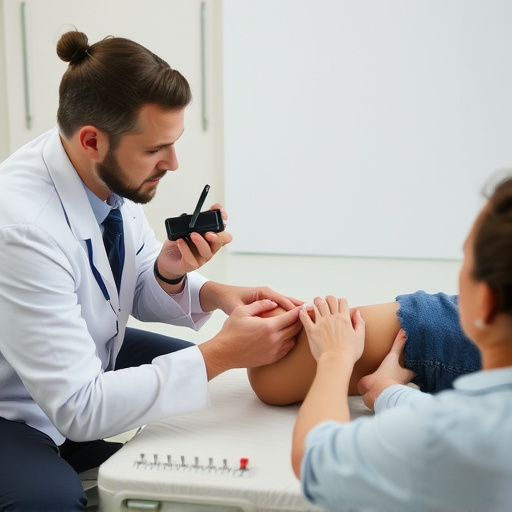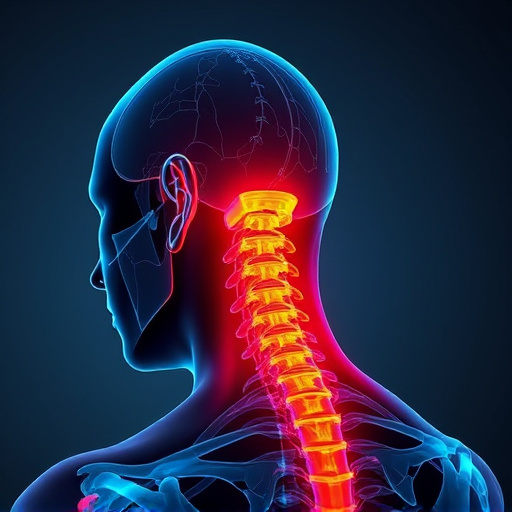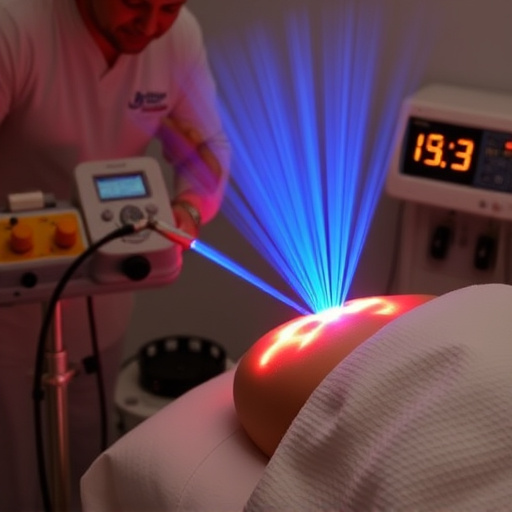Sports injuries, common among high-intensity athletes, impact joint mobility with symptoms like pain, inflammation, and reduced range of motion. Modern treatment goes beyond traditional RICE (rest, ice, compression, elevation) with strategies including physical therapy, functional rehabilitation, PRP therapy, and targeted exercises to restore strength, flexibility, and mobility. Early intervention, such as gentle stretching and specialized treatments, reduces inflammation and accelerates healing for faster recovery without prolonging discomfort. This comprehensive approach enables athletes to regain range of motion and return to active lifestyles more quickly than ever before.
In the fast-paced world of sports, injuries to joints can be detrimental to performance and overall well-being. Understanding the impact of these injuries on mobility is key to swift recovery. Modern sports injury treatment techniques have revolutionized care, offering effective strategies for restoring joint mobility faster than ever before. From advanced therapies to tailored rehabilitation programs, this article explores how these innovative approaches enhance healing, ensuring athletes can return to their active lifestyles more quickly.
- Understanding Sports Injuries and Their Impact on Joint Mobility
- The Role of Modern Sports Injury Treatment Techniques
- Fast Restoration: Strategies for Quick Joint Mobility Recovery
Understanding Sports Injuries and Their Impact on Joint Mobility
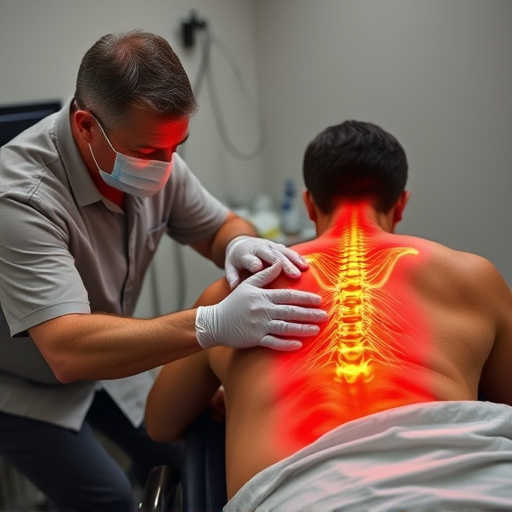
Sports injuries can significantly impact joint mobility, often leading to pain, inflammation, and reduced range of motion. These injuries are common among athletes who participate in high-intensity activities or sudden movements. Understanding the specific nature of sports injuries is crucial for effective treatment. Different types of sports injuries include sprains, strains, tendon tears, ligament damage, and fractures, each requiring tailored care.
Proper management of these injuries involves a combination of immediate care, such as rest, ice, compression, and elevation (RICE), along with longer-term strategies like physical therapy and functional rehabilitation. Physical therapy plays a pivotal role in sports injury treatment by helping athletes regain strength, flexibility, and joint mobility. Targeted exercises, manual therapy, and advanced techniques contribute to faster recovery and improved overall function. Additionally, addressing chronic pain relief is essential to ensure athletes can return to their active lifestyles without persistent discomfort.
The Role of Modern Sports Injury Treatment Techniques
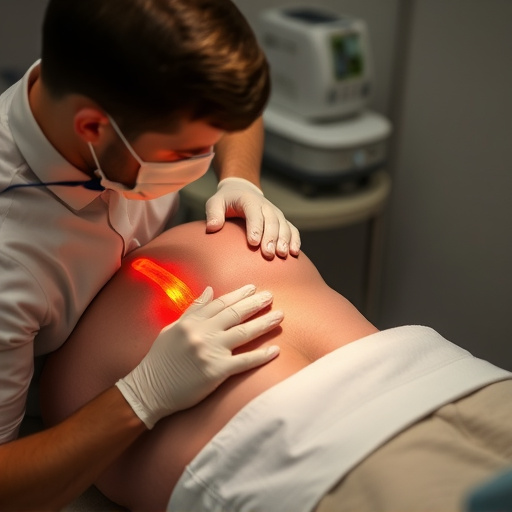
Modern sports injury treatment techniques have revolutionized the way we approach joint mobility issues. Gone are the days when rest and ice were the primary treatments; today’s methods focus on rapid recovery and long-term health. Techniques like functional rehabilitation and specialized physical therapy target not just the affected area but also surrounding muscles and tissues, promoting holistic healing. This comprehensive approach ensures that athletes can regain their range of motion and strength quickly, minimizing the risk of future injuries.
Additionally, advancements in sports medicine have given rise to innovative solutions for soft tissue injuries. These include platelet-rich plasma (PRP) therapy, which accelerates natural healing processes by delivering concentrated growth factors to injured areas. By combining these cutting-edge techniques with traditional practices, modern sports injury treatment offers unparalleled mobility improvement, enabling athletes to return to their active lifestyles faster than ever before.
Fast Restoration: Strategies for Quick Joint Mobility Recovery
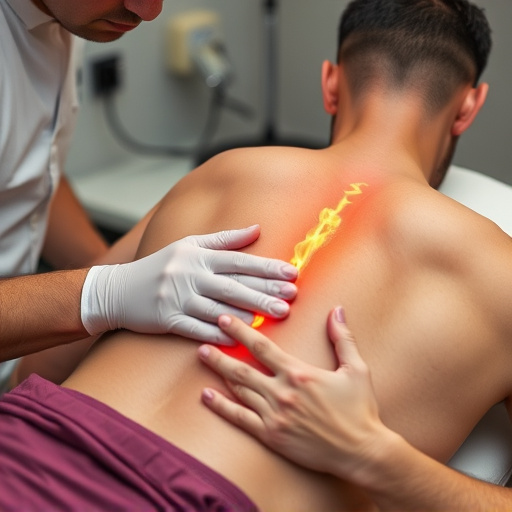
The recovery process after a sports injury is crucial, especially when aiming for swift joint mobility restoration. Sports injury treatment focuses on strategies that can significantly accelerate healing and improve range of motion. One key approach is early intervention, where physical therapists utilize techniques like gentle stretching exercises and manual therapy to reduce inflammation and promote blood flow, which aids in fast joint recovery.
Additionally, specialized treatments such as ultrasound, electrical stimulation, and cold/heat therapy are employed to alleviate pain and spasms, facilitating faster rehabilitation. These methods not only provide sciatica relief or back pain relief but also ensure that the injured area receives the care it needs to regain mobility without prolonging the injury rehabilitation process.
Sports injury treatment techniques have evolved significantly, offering faster and more effective joint mobility restoration. By understanding the impact of these injuries and employing modern strategies, athletes can experience quicker recovery times. From advanced therapies to targeted exercises, these methods not only alleviate pain but also enhance overall joint function. With the right approach, athletes can return to their active lifestyles sooner, ensuring they’re back in the game in no time.




